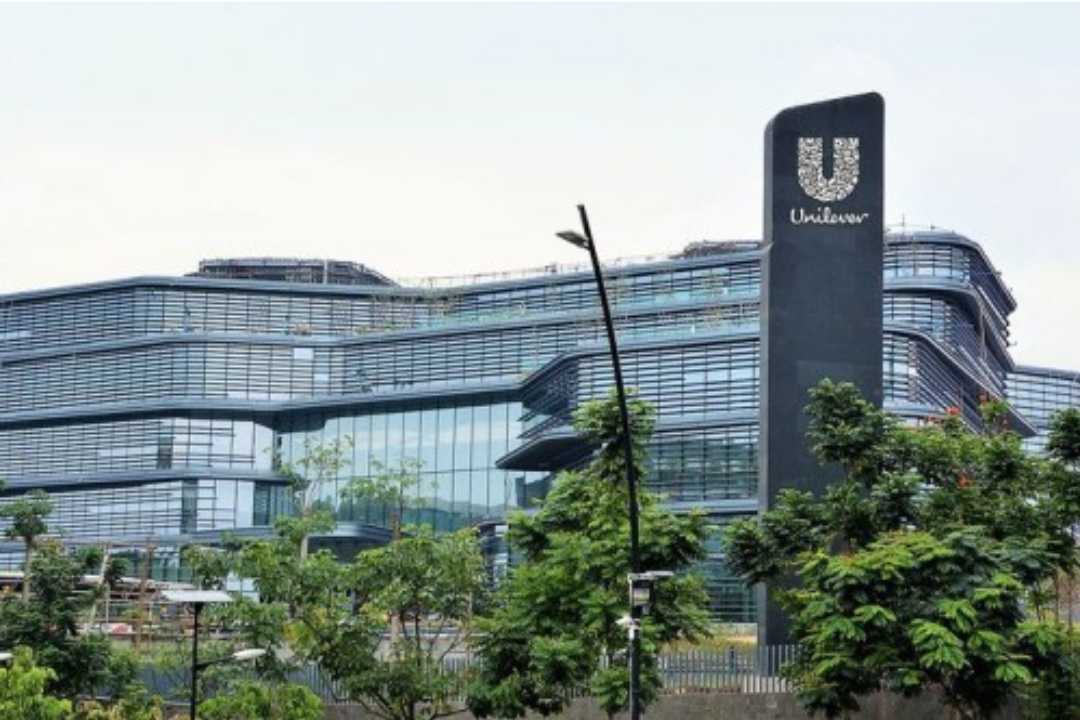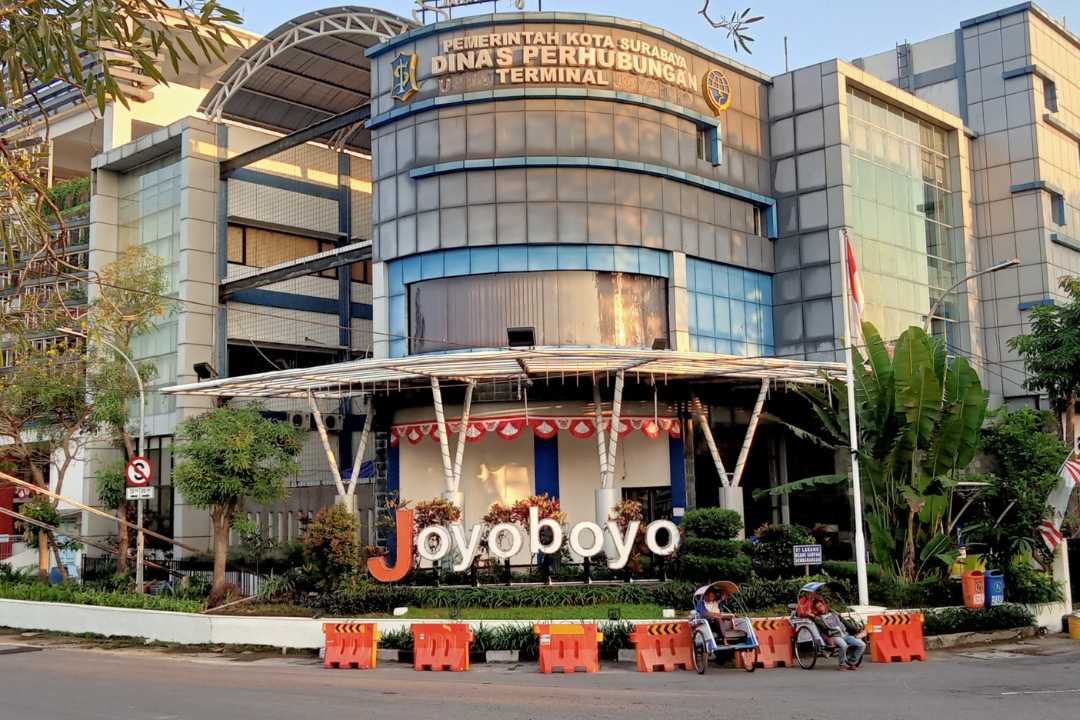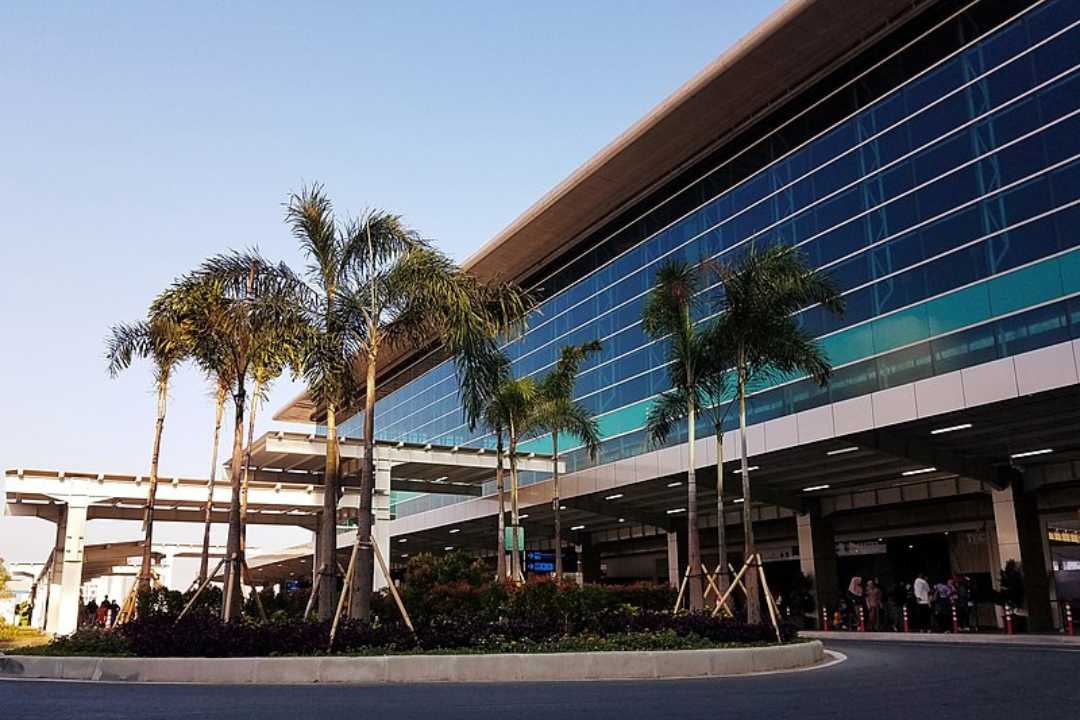Green architecture is a philosophy that encourages the development of architectural projects by considering environmental aspects. The main goal is to create a more sustainable way of designing and constructing buildings. Green architecture is not just about the use of plants or the use of environmentally friendly materials.
In Indonesia, a building can be entitled to have implemented green architecture if it has received certification from the Green Building Council Indonesia (GBCI), a non-profit organization that focuses towards education and implementation of best practices for the environment.
According to the GBCI, there are six criteria that must be met by a building in order to receive the Green Architecture Certification.
Here are the 6 Green Architecture Criteria in the Greenship Assessment or Green Building Certification by the GBCI :
1. Appropriate Site Development (ASD)
Buildings will be assessed by the green areas, location suitability, supporting infrastructure, community accessibility, pest control, public transportation, and excess rain water handling. This aspect occupies 16.88% of the assessment percentage.
2. Energy Efficiency and Conservation (EEC)
This assesses the rate of electric meters, passive design, artificial lighting, air conditioning, heat reduction, energy-saving devices, and renewable energy sources. The EEC allocation in the assessment is 19.48%.
3. Water Conservation (WAC)
In the WAC, it measures the water meters, water-efficient output devices, use of rainwater, wastewater management, and also water-saving irrigation. This aspect occupies 16.88% of the assessment.
4. Material Resources & Cycle (MRC)
In the MRC, the most important thing is the presence of the fundamental refrigerant, refrigerant non-ozone depleting, materials from environmentally friendly sources and production, reused materials, the use of certified wood products, to pre-fabricated materials. MRC allocation is 14.28% evaluation.
5. Indoor Health and Comfort (IHC)
With a percentage of 16.88%, IHC assesses non-asbestos aspects, natural lighting, visual comfort, spatial comfort, clean air circulation, minimization of pollutant sources, and also the noise level.
6. Building Environment Management (BEM)
Lastly, this aspect of the assessment measures the basis of waste management, house building guidelines, management advanced waste, sustainable design & construction, eco activities, safety environment, home-grown design, and innovation. This aspect occupies 15.58% of the assessment.
Green Architecture Buildings in Indonesia
Here are examples of green architecture buildings in Indonesia that received Greenship certification from GBCI.
1. Graha Unilever, Tangerang
 The building, which is located in Tangerang, Banten, has received a Greenship New certificate building from GBCI. With a total score of 78, Grha Unilever won a Platinum rating. This building managed to achieve a perfect score for the IHC and BEM assessment aspects.
The building, which is located in Tangerang, Banten, has received a Greenship New certificate building from GBCI. With a total score of 78, Grha Unilever won a Platinum rating. This building managed to achieve a perfect score for the IHC and BEM assessment aspects.
2. Joyoboyo Terminal, Surabaya
 The Joyoboyo Terminal located in East Java. This building won the Greenship New Building certificate with a score of 49. made it into the Silver range.
The Joyoboyo Terminal located in East Java. This building won the Greenship New Building certificate with a score of 49. made it into the Silver range.
3. Yogyakarta International Airport, Yogyakarta
 The Yogyakarta International Airport building which was inaugurated in 2020 achieved a score of 62 in certification GBCI Greenship New Building. The score gives this airport a Gold rank.
The Yogyakarta International Airport building which was inaugurated in 2020 achieved a score of 62 in certification GBCI Greenship New Building. The score gives this airport a Gold rank.
Green architecture is not just adding plants or other natural environment elements on a building. This approach also pays attention to the issue of energy usage, waste management, and the selection of building materials.


